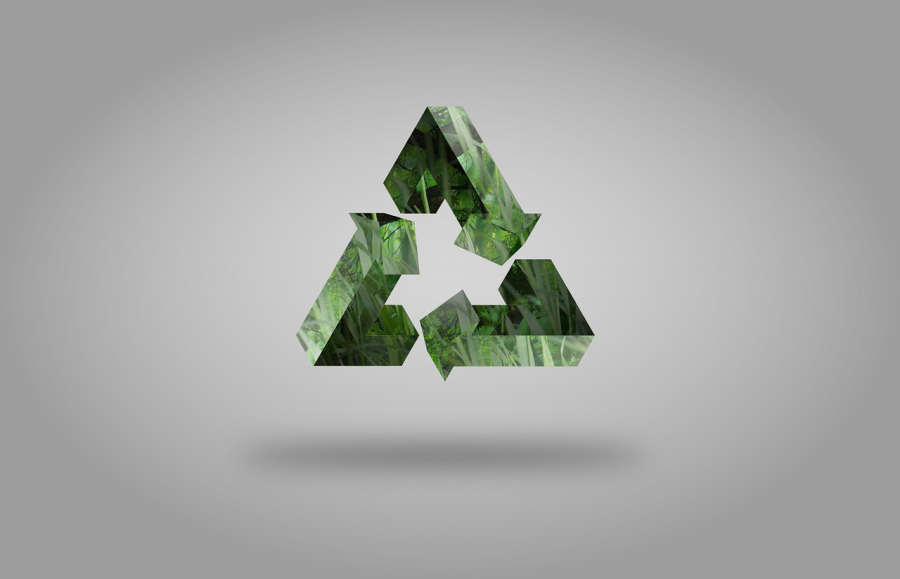Waste management of insulation products and especially cellular rubber is a topic that is often discussed and there are 3 things that you should think about when you consider whether cellular rubber is special or residual waste.
When rehabilitating and / or demolishing buildings, the insulation is usually old and to completely different standards and requirements than they are today.
1. How old is the building?
First and foremost, one should know when a building was erected. In older buildings and buildings (before 2003) that are to be demolished or rehabilitated, cellular rubber is assumed to be special waste.
2. How to deal with cellular rubber waste?
As of today, the Norwegian waste authorities still assume that environmentally hazardous old cellular rubber is disposed of. It is difficult to distinguish between what is old and what is not, which is why recycling stations around the country say that all cellular rubber is special waste.
3. No illegal brominated flame retardants in cellular rubber
Did you know that there are over 70 different brominated flame retardants in the world? Brominated flame retardants (BFH) are used to maintain a fire class and these contain bromine which has an inhibitory effect on the development of fire. Products are added to such substances to make them less flammable. Some brominated flame retardants are poorly degradable in the environment, can be concentrated in the food chain and have been detected in living organisms and in breast milk. Some of the substances have shown harmful effects on health and the environment.
Norwegian authorities have decided that cellular rubber produced after 2004 will not contain the most commonly used brominated flame retardants and in addition they were banned a few years later.
Cellular rubber, such as Armaflex and Kaiflex, is produced with a special bromine compound. This chemical compound fully satisfies both the requirement for the product's required fire properties and does not contribute to the product being classified or perceived as environmentally hostile.

